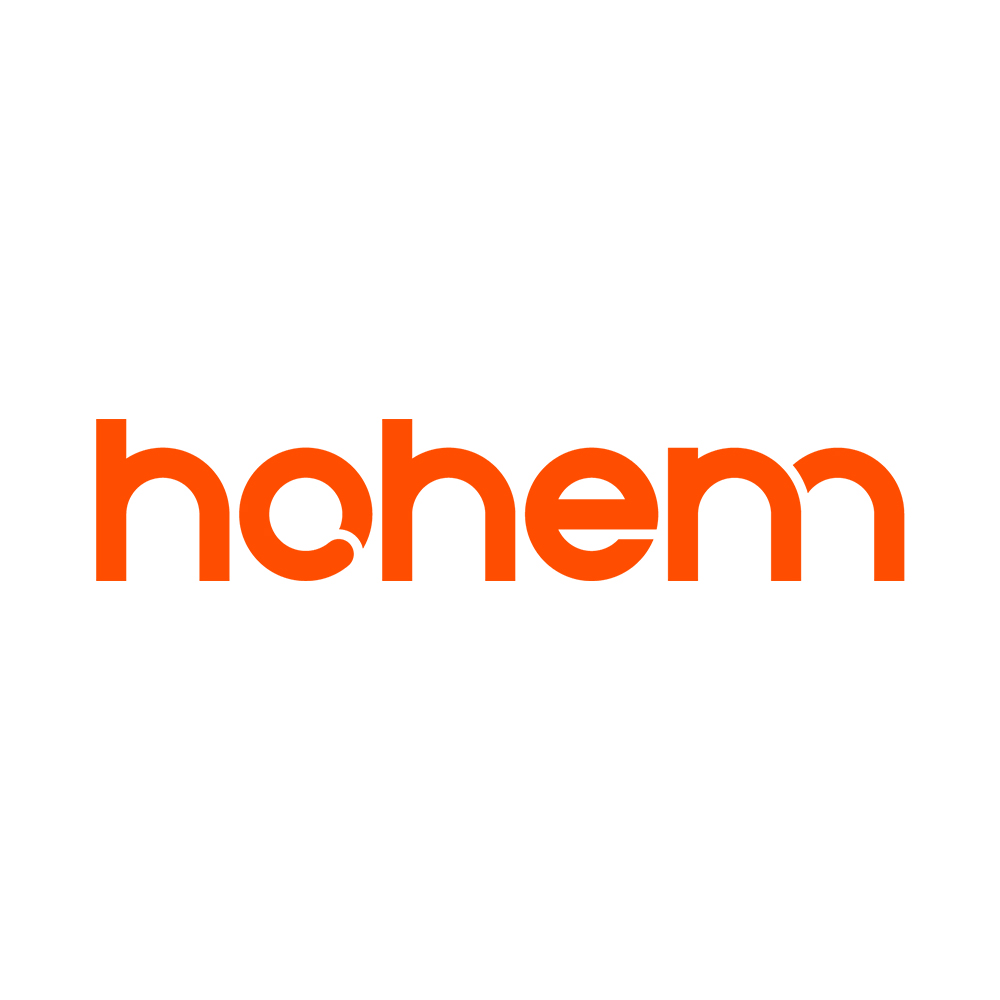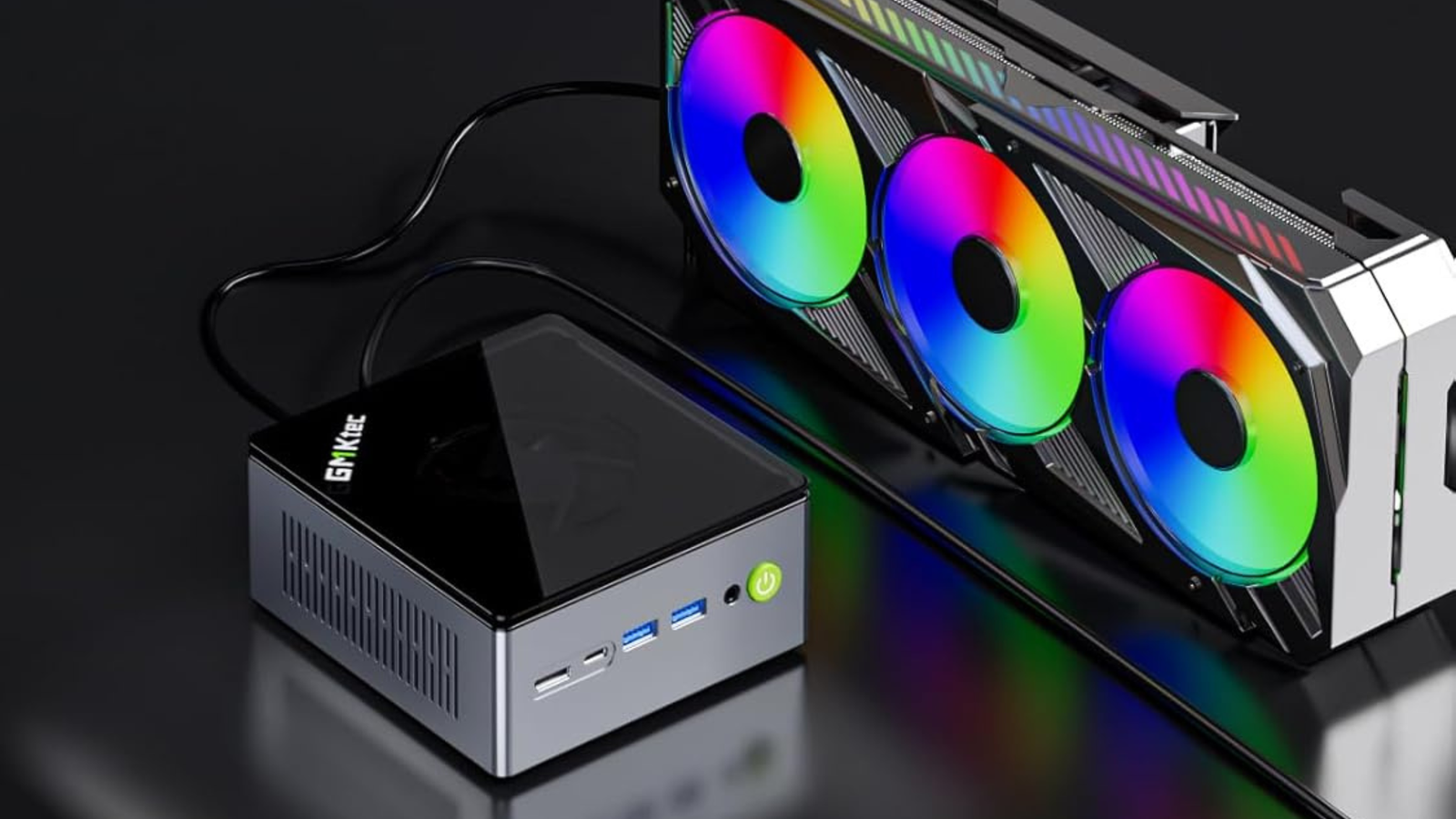By Britney Nguyen
Western Digital and Seagate were once sleepy cyclical stocks. But storage technology is now at the heart of the AI boom, and analysts see no signs of a slowdown ahead.
Western Digital and Seagate are among the top performers in the S&P 500 so far this year.
This year’s best technology stocks don’t belong to companies building artificial-intelligence chips. Rather, they’re plays on memory and storage components that are becoming all the more critical in the current boom.
As hardware companies ramp up storage requirements in the AI era, it’s driven up demand for products from Western Digital Corp. (WDC) and Seagate Technology Holdings PLC (STX) – which are now the second- and third-best performers in the S&P 500 so far this year, up 189% and 173%, respectively. Both companies produce hard-disk drives and solid-state drives which are needed to store the growing amounts of data being processed by AI models.
That Western Digital and Seagate have become Wall Street’s hottest tech plays is notable because the stocks had been seen as cyclical commodities for more than two decades, according to Morgan Stanley analysts. AI, however, has unlocked a new pathway to growth, and one that’s put the stocks on pace for their best year since 2009.
“Data is the oil that will keep AI running, and it’s become increasingly clear that HDDs are the oligopoly that will benefit from the vast amounts of data storage needed to power AI,” the Morgan Stanley analysts said in a recent note to clients.
Fundamentally, the stocks are doing well because Seagate and Western Digital have limited capacity to avoid the boom-to-bust volatility that is typical in the memory market when suppliers add capacity to meet demand, according to Mizuho desk-based analyst Jordan Klein. If companies add too much capacity, they then have to deal with oversupply when demand slows or falls quickly due to macroeconomic trends or the cyclical nature of the industry. When there’s oversupply, pricing collapses.
“These markets are fairly mature, and the biggest variable has always been these cloud hyperscalers that tend to purchase on unpredictable or more lumpy patterns – where they buy a bunch and then deploy and digest, and then they don’t buy for a period of time until they need more capacity,” Klein told MarketWatch.
With AI, the storage companies have a new end market because cloud hyperscalers are buying more disk drives to support the massive amounts of content being generated by AI models.
All of the data that are processed for AI-generated images and videos, for example, needs to be uploaded somewhere, according to Ray Wang, lead semiconductor analyst at the Futurum Group – and that is on the HDDs and SSDs made by companies such as Western Digital and Seagate.
HDDs are in a shortage, Wang told MarketWatch, leading to long lead times and pushing customers toward a type of SSD called embedded solid-state drives, or eSSDs. While HDDs are generally cheaper and can handle more capacity, SSDs are much faster.
Wang expects the demand trends to continue, given more complex AI models with video and audio capabilities that will require more memory and storage.
The expansion of multimodal AI models such as OpenAI’s Sora 2 video generator and Google’s (GOOGL) (GOOG) Veo3 mean “longer context windows,” or the amount of information being processed by an AI model at one time, according to a recent note from Mizuho analyst Vijay Rakesh. The context window is measured in tokens, or the pieces of information being processed, and the Mizuho team sees context windows exceeding 2 million tokens. Rakesh estimates those workloads will drive a seven- to 11-times increase in demand for eSSDs per AI server through the end of the decade.
“HDD supply remains tight, with lead times exceeding one year,” Rakesh said – adding that the trend is also leading to stronger demand for eSSDs and nearline HDDs, or hard drives that are used to keep large amounts of data that are infrequently accessed, but that still need to be available quickly.
Don’t miss: Intel earnings aren’t swaying the skeptics: ‘This fight is far from over.’
Klein said he doesn’t see Seagate or Western Digital adding more capacity, as the companies are rather letting pricing go up. They’re currently selling forward capacity, meaning they are entering into longer-term supply agreements.
“It’s great for them because it gives them valuable revenue visibility,” Klein said. “They want better visibility, the ability to raise prices, and I think that they’re very content to see this all is additive to their margins and cash flow.”
From Seagate’s and Western Digital’s perspectives, there’s no telling when demand could slow or change, Klein said. Instead of adding capacity, the companies are releasing higher-density storage products that also have higher margins.
Morgan Stanley’s Erik Woodring said in a note to clients earlier this month that the HDD cycle is expected to be “stronger for longer” – a reflection of “strengthening cloud-infrastructure spending” that is projected to total $3 trillion through 2028.
The HDD market is up to 10% undersupplied, Woodring’s team said, citing checks with suppliers and vendors. Therefore, prices for nearline HDD are firming, the analysts said.
By locking in prices, there’s more visibility into when the HDD cycle could peak, which Morgan Stanley thinks won’t be until at least 2028.
The enthusiasm over Western Digital and Seagate may raise questions about sustainability, the analysts said – both because the stocks are historically cyclical plays, and because some investors are becoming increasingly worried about how long momentum in the broader AI trade will last if enterprises are slow to adopt the technology.
Although the Morgan Stanley team acknowledged those fears, the analysts were still upbeat about the stocks in light of improved profitability and growth trends.
A memory boom
Micron Technology Inc. (MU) capitalizes on the AI frenzy in a slightly different way, through providing the high-performance memory chips that are crucial to AI training and even more so for inferencing, or running AI models. As AI chips from companies like Nvidia Corp. (NVDA) become more powerful, they require higher memory capacity to process complex data. In a chip package, a memory chip sits next to a graphics processing unit on a layer called the silicon interposer, which allows them to communicate.
Shares of Micron are up 160% so far this year, ranking fourth among the S&P 500’s best performers in 2025. Memory chips are in short supply and high demand, which has boosted prices and could fuel further stock gains, according to Morgan Stanley analysts led by Joseph Moore.
See also: Micron’s stock has doubled this year. Why Morgan Stanley is finally upgrading it.
Buyers of dynamic random-access memory (DRAM) and NAND flash memory are “showing anxiety about availability” through the entirety of 2026, Moore and his team noted, as demand for server chips and storage components that require memory products continues to be strong from increasing data-center buildouts. The better pricing for DRAM is also helping to ease near-term pricing concerns given negotiations around the current-generation HBM3e, a type of high-bandwidth memory, Moore added. HBM chips are made by stacking multiple DRAM dies together.
The leader in HBM is South Korea’s SK Hynix Inc. (KR:000660), which Klein said started the manufacturing process before other chip makers and, in his view, has perfected it. Samsung Electronics Co. Ltd. (KR:005930) is a close second to its fellow South Korean rival, Klein said, but it has struggled with developing high-performance components for HBM – as evidenced by its difficulties in passing Nvidia’s qualification tests for use of its HBM3e in the Blackwell platform.
Samsung’s lagging status has been surprising, Klein noted, considering it has historically been the front-runner in memory. “That’s left the door open for Micron, who’s jumped in and taken a lot of market share in HBM because their execution has been very good,” Klein said.
The current problem for the memory-chip players is that it takes more wafers to manufacture and produce HBM, which is eating into the supply, Klein said. Chip-making facilities are also running out of space in the clean room to make more HBM, and “because it’s a more complex and involved process,” it can take 18 months to get one up and running, he added.
Klein sees more constraints for the memory market, which is seeing “a brand-new demand driver that wasn’t there” just a few years ago, as chip makers try to lock in supply to support further AI development.
At the same time, Nvidia is launching more powerful chips on an annual cadence, and major tech firms such as Google are working on custom silicon, leading to “more and more memory density” because the higher performance depends on HBM for faster training and inferencing speeds, Klein said.
“So the writing’s kind of on the wall – the higher the performance specs go, the more consumption of memory,” he said. “This all drives kind of this virtuous cycle where, unless someone’s just creative or adding a bunch of new memory capacity, there’s going to be shortages or tightness.”
Futurum’s Wang said it’s key for Samsung to make its HBM more competitive because it could put pressure on pricing for other memory makers – a trend he said investors will be paying attention to.
Going into next year, Wang said there is some concern that ramps of HBM capacity could lead to oversupply. But he thinks those worries are overstated for now, given the amount of demand for chips driven by AI inference and reasoning AI models.
The main driver for memory stocks is gross margins, which are impacted by forward pricing changes, Klein noted.
(MORE TO FOLLOW) Dow Jones Newswires
10-26-25 0900ET
Copyright (c) 2025 Dow Jones & Company, Inc.








